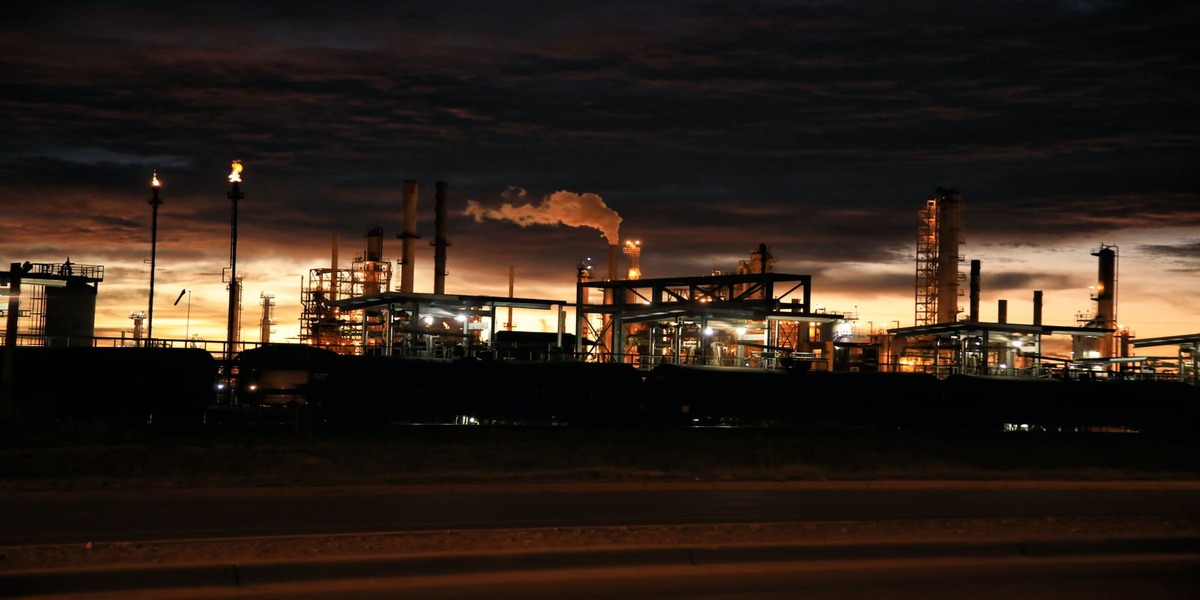Sulfur-Containing Chemicals in the Oil and Gas Industry

For many years sulfur-containing chemicals have played an essential role in the Oil and Gas industry, both upstream and downstream.
Reasonably, the latest changes in the regulations and green approach to fuel and chemical production create new challenges in the field. Oil refineries and olefin producers consume hundreds of kilotons of sulfur organic compounds.
In general, customers choose dimethyl disulfide and polysulfide. Each choice has advantages, and chemical producers search for new solutions to improve the material's performance, make it easier to handle, and reduce the environmental footprint.
New Approach In Fuel Production
These new developments reduce SOx and carbon emissions, increase yield, and make production more economically efficient.
Last years, we saw that oil refineries reduced the production of traditional fuel, which should lead to a reduction of sulfiding agents. But the trend is the opposite. The market is tight, and consumption is continuously growing.
This contradiction can be explained because of two reasons:
- New olefin plants construction WW
- Biofuel production needs even more sulfur than traditional hydroprocessing
As the demand grows, the sulfiding agents' prices increase several times in 2-3 years. The products' price starts to significantly influence the total cost of activated HDT catalysts, which was never done before!
The situation will not improve in the coming years; even manufacturers invest in increasing production, pushing consumers to look for more efficient ways to use the products.
For oil refineries, a good option to do this is improve the control of the catalyst's activation procedure. For the steam crackers, there are two important points:
- To provide good control of sulfiding agent injection, to be sure of proper distribution of the agent between furnaces and inside of each one
- Select an optimal dosage of the sulfiding agent with the right equipment
Thus, it is visible that sulfur organics have become an essential factor for refineries and petrochemical consumers. It creates a good opportunity for new players to enter the market with new solutions and services.
This article was contributed by our expert Igor Ozhiganov
Frequently Asked Questions Answered by Igor Ozhiganov
Q1. What is the current and projected demand for sulfiding agents in the context of biofuel production?
We are still beginning the process, and the current demand for biofuel production is just several hundred tonnes per year. But if even half of the refineries switch to biofuel, they will need tens of thousands of tonnes of sulfiding agents.
Q2. What challenges or limitations are faced in implementing green approaches for sulfur organics production, and how are they being addressed?
Unfortunately, the main source of sulfur is H2S from natural gas, and we can only do a little about this. However, the manufacturers invest a lot to reduce the pollution from production sights. They try to minimize the contact of sulfiding agents with the environment. Some end users switched to polysulfides which don't generate methane during decomposition and are easier to handle vs DMDS.
Q3. How do stakeholders in the green fuel industry collaborate to ensure the responsible and sustainable utilization of sulfiding agents throughout the production and distribution processes?
The main way to increase efficiency is to provide maximum control of sulfiding agent injection. With equipment like H2S and H2 analyzers, we can reduce the quantity of sulfiding agents consumed by the refineries. The same is true for petrochemical plants; they need to have a well-designed dosage system to be sure they inject a proper quantity of sulfiding agent. Normally the manufacturers share those best practices with the end users.
Q4. What efforts are being made to develop alternative chemicals or processes that can effectively replace sulfur-containing chemicals in the oil and gas industry while maintaining operational efficiency?
There are several directions:
- Hydroprocessing catalyst producers develop new generations of catalysts, which can be activated (sulfided) by feed or preactivated before loading to the reactor. Some companies provide the service of catalyst sulfiding before the loading.
- There is information regarding new developments in polysulfides. Thanks to the full utilization of sulfur in the furnaces, it allows reducing sulfiding agent consumption.
- Some engineering companies, which deal with steam cracking equipment, look for new solutions in materials for furnaces coils. In perspective, it can lead to the situation that sulfiding agents will not be needed for olefins production. However, the current situation is the opposite, and WW consumption of sulfiding agents is continuously growing.
Comments
No comments yet. Be the first to comment!
